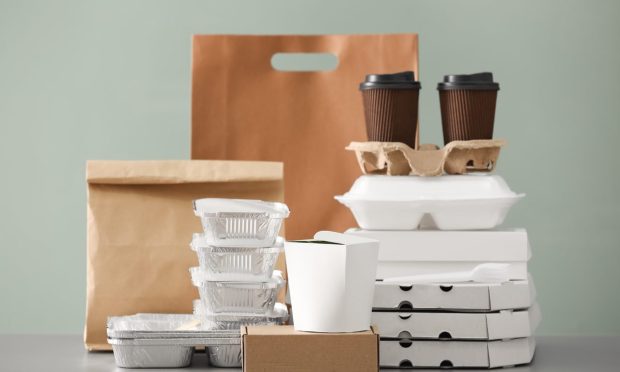Walmart Leverages Digital Ordering Boom with 25-Brand Ghost Kitchens

Walmart is delving further into the ghost kitchen space, opening a location with up to 25 restaurant brands in Rochester, N.Y. Ghost Kitchen Brands announced Wednesday (Sept. 1) that it is expanding its partnership with the retailer, which has until this point only featured locations in Canada, to reach the United States.
Read more: Walmart To Open Five Ghost Kitchens In Canada
Brands at the Rochester location will include Nathan’s Famous, Cinnabon, Quiznos and Dickey’s Barbecue Pit, among others. Locations in the pipeline for this year and next include Texas, California, Illinois and Georgia, and all of these locations will allow consumers to order for delivery or pickup while shopping at Walmart.
The Context
While ghost kitchens were beginning to emerge before the pandemic, the growth since March 2020 has been explosive. With the closures of dining rooms, as restaurants hemorrhaged money on real estate costs, ghost kitchens proved a low-capex way to capture consumers’ demand for digital ordering.
In the period in which the vaccine rollout was well under way, before the delta variant became front-of-mind for many consumers, it became clear that this digital ordering boom is here to stay. Even when consumers feel comfortable returning to restaurants, they continue to seek out the convenience of the delivery channel.
See also: As Dining Returns, Restaurants Rethink Ghost Kitchen Strategy
What Consumers are Saying
Demand for delivery remains high. A PYMNTS census-balanced survey of over 5,000 U.S. consumers published in the report, The Bring-It-To-Me Economy: How Online Marketplaces And Aggregators Drive Omnichannel Commerce, created in collaboration with Carat by Fiserv, finds that almost half of all consumers are ordering restaurant delivery online “somewhat” or “much” often than they were before the pandemic.
What Experts are Saying
“Really savvy restaurant brands are thinking about [delivery] in a way of, how do we make this a core part of the business, a core part of the strategy, and make sure that we’re resilient to any sort of events in the future, and ultimately just serve the customer in more ways?” Ken Chong, CEO of All Day Kitchens, told PYMNTS in an interview. “I think this is what it’s all about — it’s reaching the customer in an omnichannel way.”
Related news: All Day Kitchens: Recovering Restaurants Can ‘Capture The Learnings’ Of Digital Shift
Of course, some ghost kitchens fare better than others.
“From a success standpoint, it’s making sure that you’re launching a ghost kitchen … that’s strategic, that you are thinking through, how are you going to support it from an operational standpoint?” James Walker, senior vice president of restaurants at Nathan’s Famous, told PYMNTS. “How are you going to support it from a marketing standpoint? How are you going to monitor it from a quality assurance standpoint? And the success we’re having, I think, is because … we look at ghost kitchens and our virtual brand strategy as directly aligned strategically with the overall business.”
You may also like: Nathan’s Famous Doubles Down On Ghost Kitchens As Hottest QSR Trend Accelerates
